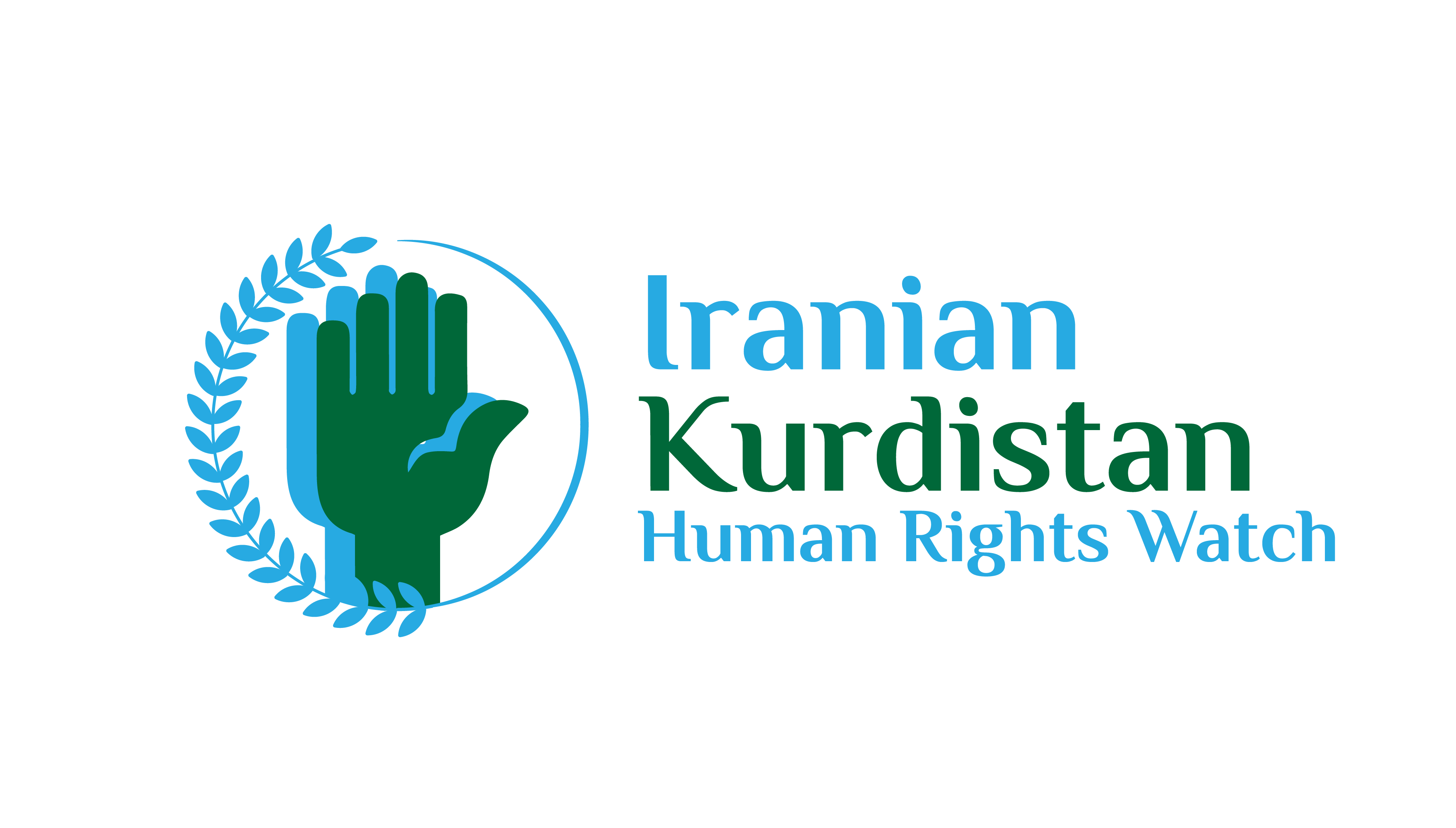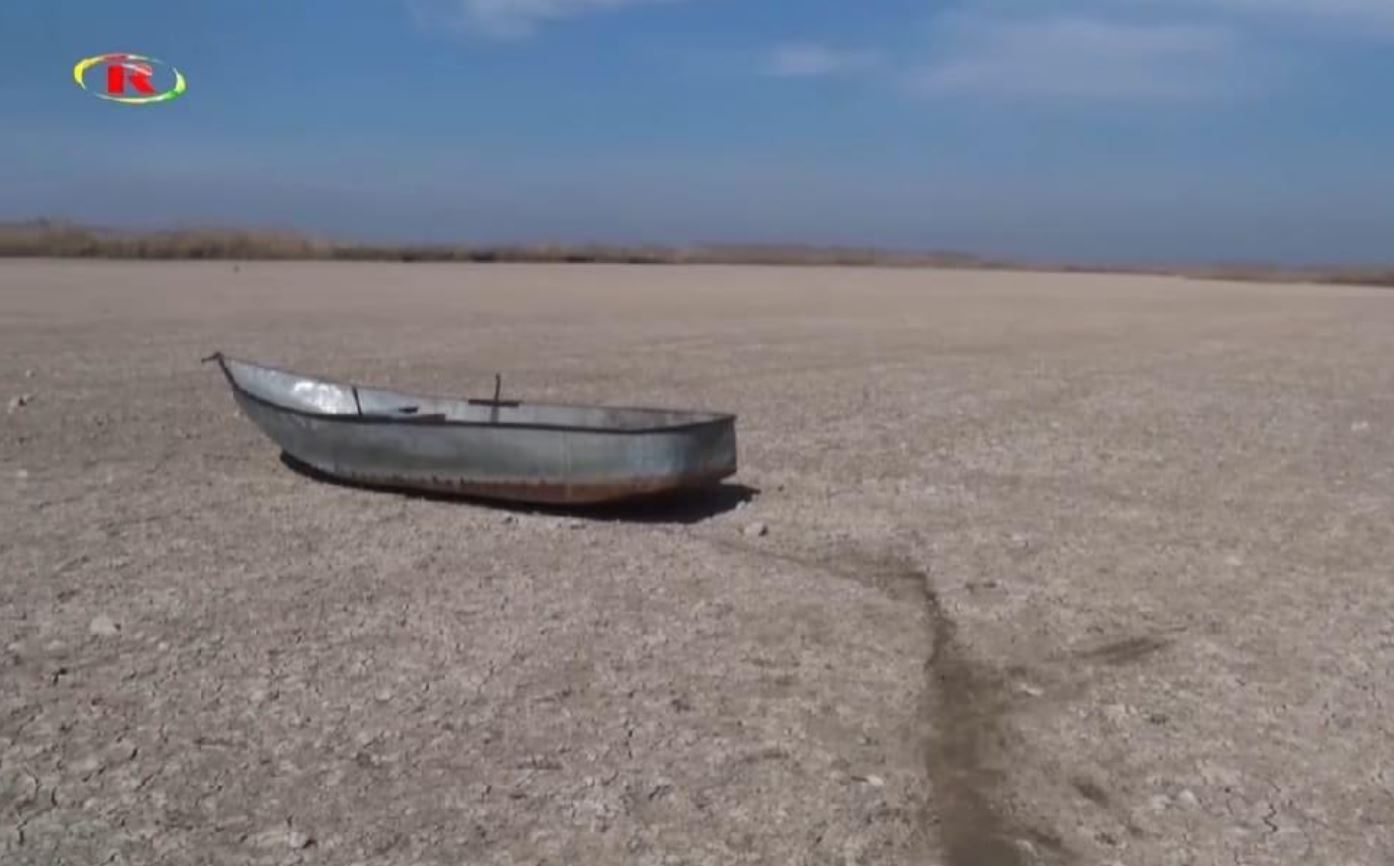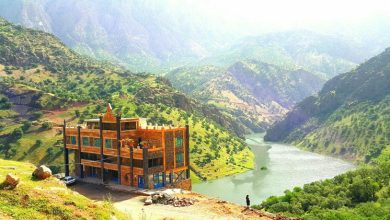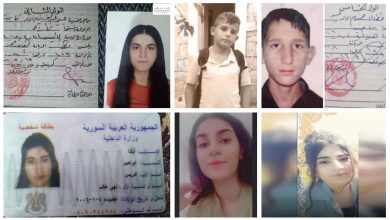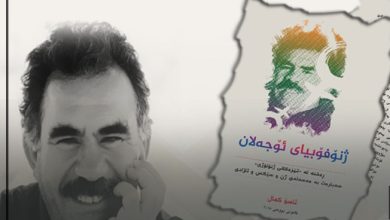The first time I’ve ever personally experienced the weaponization of water in conflict was at the end of the summer, in North-East Syria, 2015. As Turkey decreased the water flow of the Euphrates river entering Syria, the local water committee would have to spread rations of water to the different cities and villages it served. As a result of the decreased water flow, we would also receive less hours of electricity. Once in every five or six days, one of the neighbours would shout ‘Water is coming! Water is coming!’ in Arabic, and we’d quickly push the on-button of our dynamo, in order to fill the watertanks on top of the roof. After that, we’d quickly start filling bottles and jerrycans with water for drinking, cooking, and – ofcourse – to flush the toilet after the watertanks ran out. After that, I would rinse the floors of the building, armed with a hose and squeegee-mop, and the plants and olive trees behind it until the hose ran dry again, and another part of the city would receive its ration.
Throughout that month, I’ve called for a mechanic multiple times, as the two large water tanks on my rooftop would mysteriously run dry after only two days. The mechanic – unfortunately – could not find any defects. Yet, one night around 3 o’ clock, I heard footsteps on the rooftop. When I sneaked into the two-story building’s yard, I could see a hose coming down from the roof, entering a ventilation hole in the roof of the make-shift bathroom in my neighbour’s yard. It seemed I didn’t need a new mechanic after all. My next-door neighbour, that had only one smaller watertank, had been ‘stealing’ my water to secretly shower his five small sons in the middle of the night.
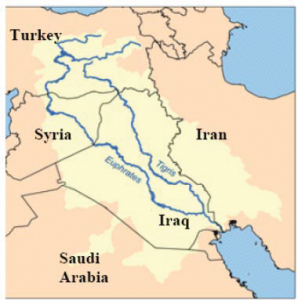
The Euphrates and Tigris rivers, flowing from upstream Turkey, to Syria, and downstream Iraq.
The Syrian conflict, Turkey and the Euphrates-Tigris Basin
The Middle East and North Africa —the most water-scarce region in the world— has arguably borne the brunt of climate change in the planet. Given that water is essential for human survival, energy and food production, and socioeconomic development, the consequences of hydro-insecurity are especially problematic for a region that, in recent history, has been beset with profound political instability and conflict. This includes the Euphrates-Tigris (ET) river basin, whose fertile banks were home to the world’s earliest civilizations.
The Euphrates and the Tigris both originate in Turkey and flow to the Shatt Al-Arab Basin in Southern Iraq. Whilst the Euphrates River crosses Syria and Iraq, the Tigris flows from Turkey to Iraq. Turkey contributes 90% to the Euphrates whilst Syria contributes 10% to the water flow. As for the Tigris, Turkey, Iraq and Iran contribute 40%, 51% and 9%, respectively. The Tigris and Euphrates rivers are a crucial source of socio-economic development for Turkey, Syria, Iraq and Iran.
The weaponization of water gained prominent attention when Islamic State began to frequently and systematically use water as a weapon. Islamic State manipulated waterflow to Shia-held areas in Iraq, and extensively targeted water infractructures in Syria. In the Syrian civil war that has recently ticked off its ten-year-anniversary, almost all of the war factions have applied this practice in the course of the conflict.
Yet, the part in the conflict over the Euphrates-Tigris basin that has reached the largest media attention, is the weaponization of the Euphrates’ water flow by Turkey against its perceived archenemy in Syria. Since 2015, Turkey has decreased, or fully cut off, the waterflow of the Euphrates rives to Syria multiple times. According to the Autonomous Administration of North-East Syria, Turkey does this in an attempt to weaponize the waterflow against the Kurdish authorities currently holding large swats of territory of Syria’s North-East.
The decrease of waterflow entering Syria has caused problems beside a lack of drinking water. There’s less electricity being generated at the area’s dams, as drinking water clearly is being prioritized. Not to speak of the drought farmers experience, that see their farmland turn into dry cracked wasteland, the risk of all kinds of infections occurring in standing water, and the damage the country’s flora and fauna is being exposed to.
There are fears Turkey will decrease the water flow to Syria – and subsequently Iraq at the end of the waterflow – even more in the summer of 2021. Turkey itself is experiencing drought, where sinkholes – sometimes large enough to swallow a whole bus – appear in its farmlands, as farmers frequently resort to ground water in lack of rain and snowfall. Lasting drought is expected to cause an increase in conflict over water between the three bordering countries.
The prediction of the UN, according to which the flow of the Euphrates and the Tigris could decrease by 30% and 60% respectively by the end of the century, show that the quantity of water flowing through Syria and Iraq is likely to become even scarcer. Nonetheless, the Euphrates-Tigris basin is not the only place in the world where conflict over war is foreseen.
There are some 300 areas across the world where a conflict over water is foreseen by 2025” – UN Report
Agreement unlikely
Until the 60’s, cooperation in waterflow between the three states has always been rather harmonious. With an increase in population on all sides, Turkey started to plan for an energy project less-relying on oil. In 1975, both Syria and Iraq joined forces against Turkey when the Turkish government held back the flow of the Euphrates into Syria entirely to fill up the reservoir behind the Atatürk dam. Turkey and Syria almost came to war over disputes surrounding the waterflow in this period of lasting drought. The 1975 water crisis, solved by mediation of Saudi Arabia, almost led to an extensive armed conflict in the region, just as we are facing today.
Political tensions between the two states brought the dispute over water to another level in the 80’s and 90’s, as Turkey started to use water as an instrument to put pressure on Syria and Iraq downstream, and linked it to issues not related to water. In 1987 Turkey and Syria eventually brokered an agreement, in which Turkey committed to release 500 m³ water per second to Syria whilst the latter committed to put an end to its support to the PKK. As trade relations between the three countries improved in the 2000s, Turkey and Syria agreed to jointly fight the PKK, and Turkey opted to join the European Union, harmonious cooperation concerning waterflow from upstream Turkey to downstream Syria and Iraq could be seen.
Yet, after 2011, with the start of the Syrian conflict and the support of Turkey for different factions in the country, water has been weaponized by almost all parties involved. Bombing of water infrastructures in Syria, and Turkey’s cutting off the waterflow to the North-East has left millions of Syrians without water since December 2016. Iraq, the country most downstream, has also suffered severely from drought and lack of water.
Turkey’s animosity against both the Syrian government and the Kurdish-held North-East has led to an increase in periods where Turkey manipulates the waterflow to downstream Syria in the form of political pressure, and as a weapon against its enemies. It thereby not only risks causing a humanitarian crisis, with millions of civilians facing thirst, but also directly targets Syria’s breadbasket, and a larger environmental crisis in the area.
The absence of a resolution for the Syrian conflict, the absence of a political agreement among the states depending on the Euphrates-Tigris basin for its water supplies, the effects of climate change and local population growth, directly lead to a dystopian future where the Middle East will become the focus of attention due to water related conflicts, more so than to oil related conflicts.
Further continuation of the conflict between Turkey and various parties in Syria will lead to an irreversible humanitarian and environmental crisis, that targets downstream Iraq as well.
